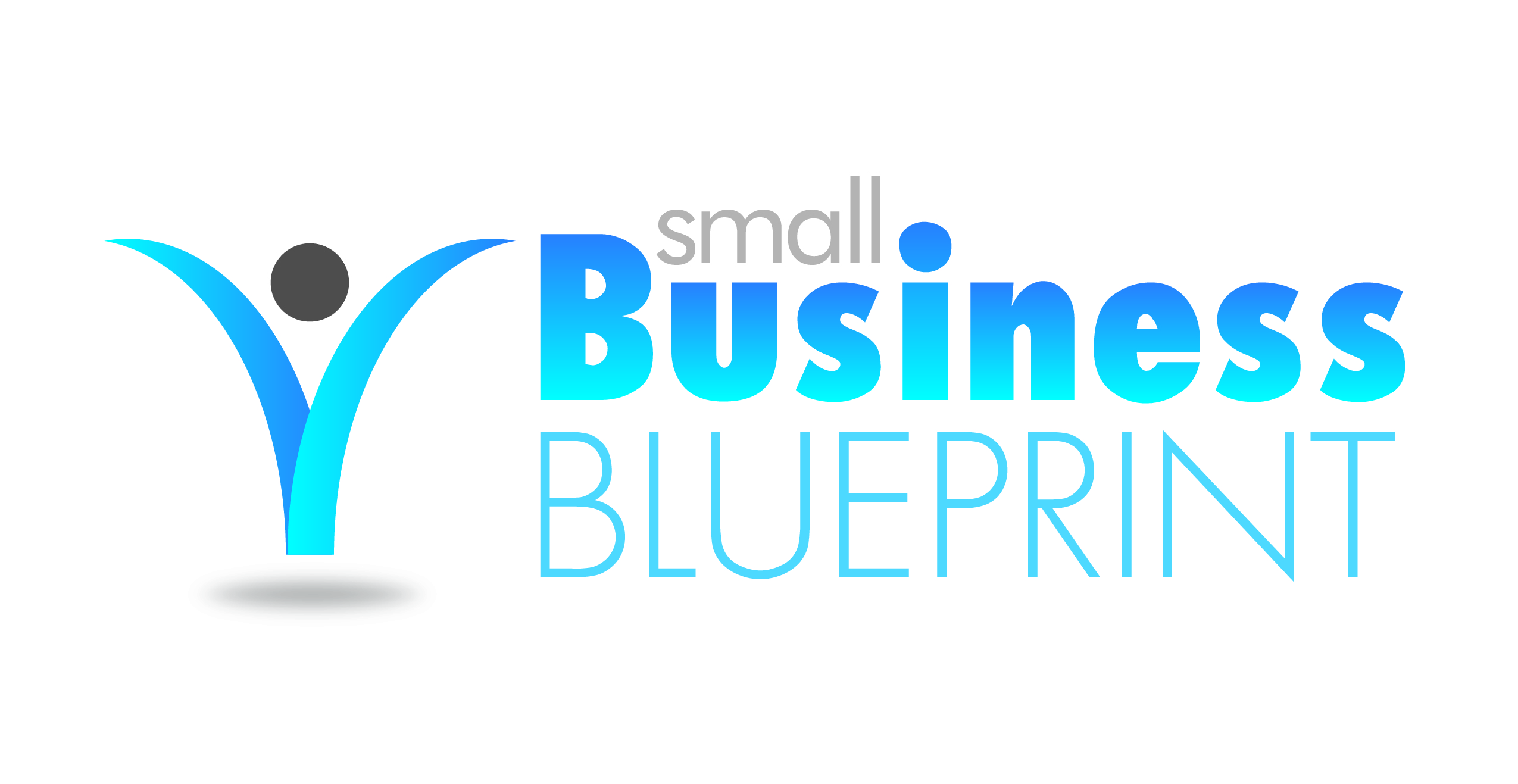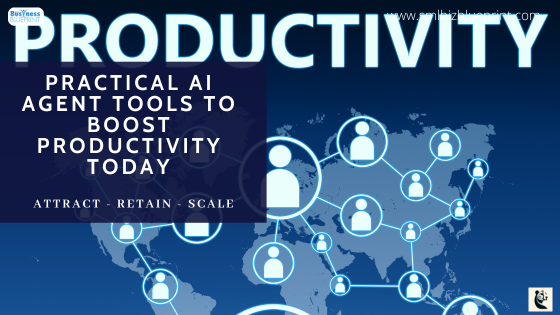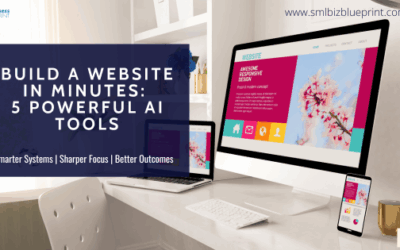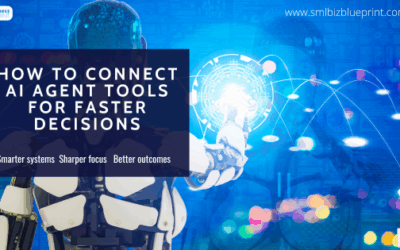Are you exhausted by the constant stream of manual tasks clogging your day, from scheduling meetings and replying to emails to managing scattered data across tools?
In a world where AI headlines flood our feeds, most people are left wondering: Where’s the real, practical benefit for me right now?
While big companies talk about futuristic AI breakthroughs, you’re still stuck drafting emails, taking notes, and moving data by hand.
Here’s the good news: you don’t need to wait five years for AI to lighten your load.
This article is your hands-on guide to immediate action.
We’ll show you:
- The best AI tools for meeting automation so you stop wasting time in scheduling chaos.
- AI-powered email assistants that help you cut through inbox overwhelm.
- Workflow automation tools with AI integration to eliminate mindless manual work.
- AI knowledge management tools that surface critical insights without drowning you in reports.
- Recording and summarising software with AI so you never miss an important detail.
If you’re ready to reclaim your time, focus on what matters, and put practical AI agents to work — not someday, but right now — keep reading. We’re not selling hype.
We’re showing you tools you can actually install and use today.

#1 Best AI Tools for Meetings and Calendar Management
Core takeaway: AI meeting and calendar tools can instantly reduce wasted time by automating scheduling, note-taking, and rescheduling — freeing you from back-and-forth emails and manual coordination.
The biggest productivity drain in most workdays comes not from the meetings themselves but from the time spent before and after: juggling calendar invites, coordinating time zones, sending follow-ups, and manually entering meeting notes.
This is where AI-powered meeting automation tools shine — they handle the coordination for you so you can stay focused on the substance of your work.
Example tools making an impact right now:
TimeOS integrates directly with your calendar, automatically joining meetings, generating summaries, and preparing action lists.
Reclaim smartly blocks focus time on your calendar, dynamically reschedules lower-priority events, and protects deep work blocks.
Motion combines intelligent task management with calendar automation, helping you stay on track with prioritised tasks and meetings.
Why this matters: Manual scheduling or rescheduling is a constant time-waster. Studies show the average professional spends nearly 5 hours per week just managing their calendar (Reclaim.ai, 2024).
AI tools like these take over the repetitive admin — joining your Zoom calls, recording minutes, and ensuring your calendar stays aligned with shifting priorities.
By starting with even one of these tools, you can immediately reduce cognitive overload and free up mental space to focus on what you’re meeting about, not the logistics of when or how.
Pro Tip: Combine your AI meeting tool with a focus-time blocker like Reclaim to automatically protect deep work hours. This lets the system not just schedule but actively defend your productivity.
Emma, the operations lead at a $5M consulting firm, feels her entire week slips away in the cracks between meetings. Just when she blocks time to focus, another reschedule or last-minute invite disrupts her flow. She’s frustrated, exhausted, and falling behind on her high-impact projects.
Ready to level up your business? Sign up for our newsletter and get expert tips delivered weekly.
#2 Top Email and Inbox Assistants to Tame Your Overwhelmed Inbox
Core takeaway: AI-powered email assistants can dramatically reduce the time you spend sorting, replying, and managing your inbox, turning hours of busywork into minutes of high-impact action.
Email overload is one of the most common and frustrating productivity killers. On average, professionals receive over 120 emails per day (Statista, 2024), and much of that time is spent reading low-priority messages, drafting repetitive replies, or digging through long threads.
AI inbox assistants attack this bottleneck by automatically summarising conversations, drafting smart replies, highlighting urgent messages, and suggesting tasks based on email content.
Example tools leading the charge:
Superhuman AI accelerates email triage with split inboxes, AI-generated drafts, and intelligent follow-up reminders.
Shortwave takes Gmail threads and summarises them into clear, actionable updates, cutting out the noise.
Gmail’s Gemini features (recently rolled out) integrate directly into your Google Workspace, helping draft replies, summarise conversations, and surface key points.
Why this matters: You can’t afford to spend your best mental energy on email bloat. AI tools like these act as email gatekeepers, ensuring that only the most relevant, actionable messages demand your attention, while everything else is efficiently processed or archived.
This doesn’t just save time; it improves focus and reduces the cognitive stress of an overflowing inbox.
By introducing just one of these AI email assistants, you can transform your inbox from a stress source into a productivity engine — freeing you to focus on the work that moves the needle, not the busywork that slows you down.
Pro Tip: Train your AI assistant by consistently archiving, labelling, or flagging emails; this improves the AI’s understanding of your priorities and ensures future recommendations match your workflow style.
Liam runs a $2M ecommerce business and dreads opening his inbox every morning — 300+ unread emails, urgent requests buried under promotions, customer issues lost in noise. By midday, he’s drained and still hasn’t tackled his real priorities.
Then comes the lightbulb: Liam doesn’t need more time in his inbox; he needs an AI assistant to prioritize, summarize, and draft responses. Suddenly, email becomes a tool again — not a trap.
#3 Workflow and Automation Agents to Eliminate Repetitive Tasks
Core takeaway: AI workflow and automation tools free you from repetitive manual tasks by connecting apps, automating multi-step processes, and ensuring data flows smoothly across your systems.
Manual data entry, copy-pasting between apps, and juggling multiple software tools not only waste time but introduce errors. Studies show that employees spend nearly 30% of their time on repetitive tasks that could be automated (McKinsey, 2024).
AI-powered automation agents address this by creating seamless workflows that handle these tasks in the background — leaving you to focus on higher-value work.
Example tools transforming automation:
Zapier AI connects thousands of apps (like Slack, Salesforce, and Google Sheets) and uses AI to suggest smarter automation that can save hours per week.
Make.com (formerly Integromat) offers advanced visual workflow building, making automating complex multi-step processes with conditional logic easier.
n8n is an open-source alternative that gives businesses full control over custom automation. It integrates AI modules to add intelligence to workflows.
Why this matters: Without automation, businesses face bottlenecks, duplicated work, and wasted effort. With these tools, you can automate everything from lead capture to customer follow-ups, social media posts, and internal reporting, drastically improving efficiency.
For example, you can set up an AI-driven workflow that captures website form submissions, adds the data to your CRM, sends a personalised email, and alerts your sales team — all without manual input.
By introducing even simple automation, you can start reclaiming hours each week, reduce costly mistakes, and create a more resilient, scalable business process—one that works for you, even when you’re offline.
Pro Tip: Start small by automating just one high-friction task (like auto-logging leads into a CRM) before scaling to more complex workflows. This prevents overwhelm and ensures stable, reliable automation.

#4 Data and Knowledge Agents to Surface Insights Instantly
Core takeaway: AI-driven data and knowledge agents help you uncover patterns, trends, and actionable insights from your information systems, without spending hours digging through reports or dashboards.
Most businesses are drowning in data but starving for insights. Manually sifting through spreadsheets, databases, and reports takes time and often leads to missed opportunities.
AI knowledge management tools change the game by automatically aggregating, analyzing, and surfacing the most relevant insights to make informed decisions faster.
Example tools leading this space:
Airtable with AI transforms structured data into dynamic, searchable systems, offering instant insights and summaries across projects.
Notion AI enhances your notes, wikis, and project plans by summarising key points, suggesting action items, and surfacing related content.
Coda AI transforms documents into interactive workspaces, combining text, tables, and AI-generated insights in one place to keep teams aligned.
Why this matters: Without smart tools, your team spends countless hours preparing data before you can even begin acting on it. With AI, you get proactive summaries, trend spotting, and priority alerts, reducing time-to-decision and helping you respond faster to changes in your business environment.
For example, an AI-enhanced dashboard might highlight that sales dipped in one region last week and suggest action steps before you even ask.
By deploying even one of these AI knowledge agents, you can shift from being a data collector to a data-driven decision maker, spending less time on preparation and more time on strategy and growth.
Pro Tip: Set up automated AI alerts or dashboards that highlight only top-priority metrics or trends, reducing data noise and helping you focus on the insights that directly impact business decisions.
Sophia’s $7M SaaS startup has dashboards and reports galore — but the team is still missing key market shifts and underperforming features. She spends late nights combing through data, hoping to spot trends, but feels overwhelmed.
The breakthrough comes when she deploys AI-driven knowledge tools that surface insights automatically, turning walls of data into clear, actionable signals. With the right system, she stops chasing information and starts acting on it.
#5 Recording and Summarising Tools to Capture Every Important Detail
Core takeaway: AI recording and summarising tools ensure you never miss key insights, decisions, or action items from meetings, webinars, or discussions — turning spoken conversations into searchable, actionable content.
Critical details are easy to miss in fast-paced environments, especially when juggling multiple meetings or working across teams. Manually taking notes or trying to remember every discussion point is inefficient and error-prone.
AI-powered recording and summarisation tools solve this by automatically capturing, transcribing, and summarising conversations, so you can focus on the discussion rather than on note-taking.
Example tools reshaping this space:
Otter.ai records meetings in real time, generates live transcriptions, and tags key speakers or moments for easy reference later.
Sembly offers detailed meeting summaries with action points, decisions, and follow-up tasks, making it easy to share recaps with teams.
Fathom integrates directly into Zoom calls, providing AI-generated highlights, searchable transcripts, and summary notes synced to your CRM or project tools.
Why this matters: According to Harvard Business Review (2024), teams lose an average of 20% of meeting value due to poor note-taking or lack of follow-up. Using AI summarisation tools, you safeguard against this loss, ensuring no detail slips through the cracks — whether it’s a critical client request, an internal decision, or a next-step commitment.
These tools also create a knowledge archive, letting you quickly revisit past discussions without replaying entire meetings.
By adding one of these AI tools to your stack, you can stop relying on memory, reduce meeting fatigue, and ensure that your team always has a clear, accurate record of what matters most.
Pro Tip: Use AI-generated meeting summaries to create a shared team knowledge hub to store decisions, action items, and lessons learned for easy future reference.
Don’t miss a beat in your business growth journey!
Join Pulse and stay ahead with expert tips and actionable advice every month.
Subscribe to Pulse Today
Conclusion
AI isn’t just a futuristic concept — it’s a practical advantage you can deploy right now to reclaim time, cut through busywork, and sharpen your focus on what truly matters.
We’ve explored five categories of practical AI agent tools you can start using today:
- Meeting and calendar tools to automate scheduling and note-taking
- Email and inbox assistants to tame overwhelming communication
- Workflow and automation agents to eliminate repetitive tasks
- Data and knowledge agents to surface actionable insights
- Recording and summarising tools to capture every key detail
You don’t need to implement everything at once. The smartest approach is to start small — pick one or two areas where you feel the most time pressure or manual burden, test an AI solution, and expand from there.
Ready to get started?
Take the next step by choosing one of the tools we covered and implementing it this week. You’ll be amazed at how quickly small automation gains multiply across your workflow.
Want more actionable tips and AI insights?
Subscribe to our newsletter to get the latest guides, tool reviews, and productivity strategies delivered to your inbox.
Action Steps
Identify Your Biggest Time Drains
Review your daily and weekly tasks: Are you spending hours on scheduling, inbox management, manual data entry, or meeting follow-ups? Pinpoint the one or two areas where automation would immediately ease your workload.
Select the Right AI Tools for Your Needs
Match your pain points to the right category:
Scheduling? → Try TimeOS or Motion.
Email overwhelm? → Test Superhuman AI or Shortwave.
Repetitive workflows? → Look at Zapier AI or Make.com.
Start with one tool and focus on mastering its features before adding more.
Set Up Small, Focused Automations First
Avoid trying to automate everything at once. Instead, automate one high-impact process (like meeting note summaries or inbox triage) and monitor the results. This keeps the learning curve manageable and ensures stability.
Integrate Tools into Your Existing Systems
Ensure the AI tools you choose integrate smoothly with your current software stack — whether it’s Google Calendar, Slack, Zoom, Notion, or your CRM. The best results come when tools work with, not against, your existing systems.
Monitor, Adjust, and Optimise
Regularly review the outcomes: Are you saving time? Are workflows running smoothly? Look for areas where the AI’s recommendations can be fine-tuned or additional automations might further reduce manual work.
Create a Shared Knowledge Hub
Use these tools’ insights, summaries, and outputs to build a centralised knowledge space (like Notion or Confluence) where your team can access key takeaways, decisions, and resources, improving collaboration and alignment.
Plan for Future Expansion
Once you see success in one area, develop a phased roadmap to expand AI usage into other parts of your business, linking tools together for even bigger gains (like connecting meeting summaries to task lists or CRM updates).
FAQs
Q1: What are AI agent tools, and how do they work?
A1: AI agent tools are software solutions that use artificial intelligence to automate tasks like scheduling, email sorting, workflow management, data analysis, and meeting transcription. They work by learning patterns, making intelligent recommendations, and connecting with your existing tools to handle repetitive tasks without human input.
Q2: Which AI agent tools should I start with if I’m new to automation?
A2: Begin with tools that address your biggest time drains. For example, start with AI email assistants like Superhuman AI if your inbox overwhelms you, or calendar tools like Reclaim if scheduling is your pain point. Focus on solving one problem first before expanding to others.
Q3: Are AI automation tools only for large businesses?
A3: No — small businesses and solopreneurs often benefit the most because they lack the resources to hire extra staff. These tools level the playing field by letting small teams achieve big productivity gains without increasing headcount.
Q4: How do I make sure my data stays secure when using AI tools?
A4: Choose reputable AI providers that offer strong encryption, clear data privacy policies, and compliance with relevant regulations (like GDPR or SOC 2). Always review permission settings and limit the sensitive data you feed into third-party tools.
Q5: How quickly will I see results after deploying AI tools?
A5: Many businesses see immediate time savings once basic automations or assistants are in place, often within days or weeks. However, expect a learning and adjustment period for more complex, cross-departmental workflows as you optimise the setup.
Q6: Can AI tools replace human employees?
A6: AI tools are best used to augment human work, not replace it. They handle repetitive, low-value tasks, freeing your team to focus on strategy, creativity, and high-touch work that requires human judgment.
Q7: How do I scale up once I’ve successfully implemented one AI tool?
A7: Create a phased adoption plan: after mastering one tool, identify adjacent areas where automation can help (e.g., connecting your meeting summaries to task management or CRM updates) and gradually expand your AI stack for compounded gains.
Other Articles
Scale Smarter: AI Blueprint for Small Business Growth




